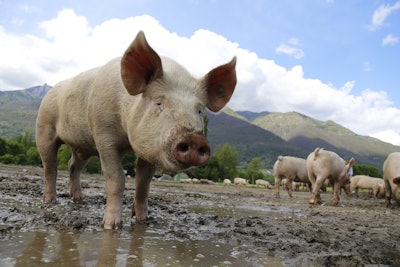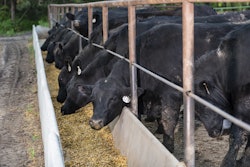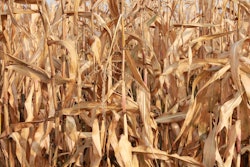
Chinese Pork Prices Continue to Climb
China's pork prices rose again as supplies in the world's top consumer of the meat continue to shrink.
Last week the Chinese government withdrew pork from national reserves.
Chinese pork prices have been volatile and can move higher as the country builds stocks ahead of their New Year holiday celebration in late January when meat consumption traditionally peaks.
Chinese pork prices jumped in October to almost three times the prior year's level.
Chinese Vice Premier Hu said that the country must continue to focus on recovering hog production numbers, and stabilizing pork supplies ahead of the upcoming holidays.
FBN’s Take On What It Means: At FBN, we believe that the rise in Chinese pork prices is not a surprise. We also believe that any attempts by the Chinese to increase domestic pork stocks before and after the country’s New Year celebration in January can be a positive for the US hog producer. Looking back, the Chinese have had a history of increasing pork imports during December to accommodate for a seasonal demand pull in January. If the Chinese increase exports from the US we believe that this could be positive for lean hog futures prices.
Russian 2020/21 Winter Wheat Acres Increase While Conditions Improve
Russian farmers have planted winter grains for next year's 2020/21 crops on 104% of the originally planned area, approximately 18.2 million hectares (MH) compared with 17.6 MH in 2018.
The acres increase primarily applies to wheat and barley.
Russia's winter grains crop conditions are in better condition than at the same time a year ago and compared with the 5 year average.
Russia and Ukraine planted winter grains during dry conditions but recent rains and warm weather have helped crop conditions as they head into dormancy.
Crop condition scores have 4% classified as “bad” condition compared with 8% around the same date in 2018.
FBN’s Take On What It Means For The Farmer: We believe that growing Russian acres of wheat and barley can be a negative for the US wheat producer. While there is a long time before the Russian and Ukraine winter wheat and barley crops are harvested, we believe that expanding acres in Russia combined with contracting winter wheat acres can continue to make US wheat the residual supplier to the world.
The risk of trading futures, hedging, and speculating can be substantial. FBN BR LLC (NFA ID: 0508695)










